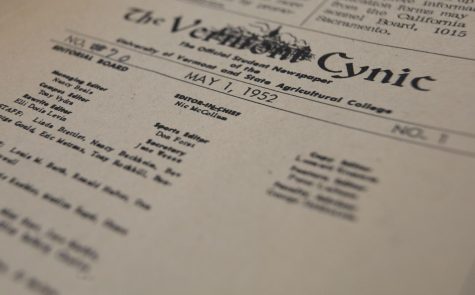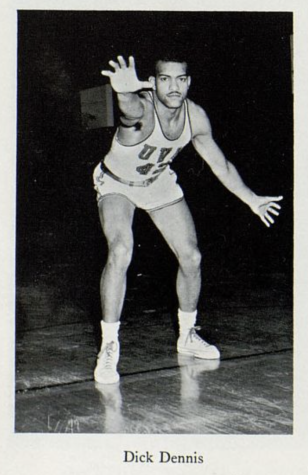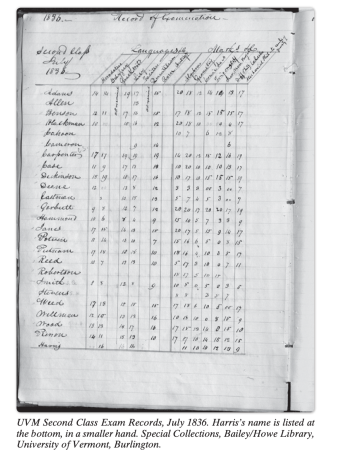The privilege of being a UVM student athlete
February 21, 2012
The University of Vermont Athletics department Student-Athlete Code of Conduct is the standard to which all of the Universities athletes are held. It is the extra layer of rules that the student-athletes at UVM live by, in hopes that they understand their responsibility as student athletes.
According to The Student Athlete Code of Conduct, it is a privilege and not a right to be a student-athlete. In addition to all federal, state, and local law, as well as UVM Policy, Student Athletes must hold themselves to a higher standard as outlined in the Code of Conduct.
“We see it as a tool to educate our students, not just as a punitive tool,” said Athletic Director Robert Corran.
According to the code, student-athletes are expected to conduct themselves, “In a manner that exhibits honor and respect to the team, department, and surrounding community.”
The prohibited conduct in the code is a combination of NCAA, University, and Athletic Department policies. The University policy on said matters governs all violations involving issues of academic integrity, violence, stalking, harassment, and sexual assault.
There are other prohibited actions that are taken from University policy with added language for athletics, such as the sections on Alcohol and Drugs.
Athletics also includes its own guidelines for certain things like gambling, and team obligations. This also encompasses NCAA rules, such as those regarding nutritional/dietary supplements.
There is another section entirely devoted to Hazing, this section is very detailed, and outlines specific examples of what is not appropriate in a list. The list is not all encompassing, however it is more explicit in its definition of inappropriate conduct than any of the other sections of the code.
Additionally, student-athletes are expected to report their violations to their Head Coach or the Director of Athletics within 24 hours.
Once a violation is received, the Athletic Department starts a process to verify the validity of a report. Steps that may be taken include interviews of those involved, and review of relevant documents. Once the merit of the report has been established, disciplinary action is taken in the form of sanctions.
“Sanctions are given out on a case by case basis depending on the type and circumstances of the violation,” said Lisa Champagne, Director of Communication for UVM Athletics.
Some examples of sanctions that may be placed upon student-athletes range from a written warning to community service to temporary or permanent suspension from the team, all the way up to expulsion from the University.
A student-athlete may appeal any decision made by the Athletic Department in writing within three days of their notice of sanctions, and must give grounds for the appeal.
A board that includes, among others, an associate Athletic Director, an associate VP from the Dean of Students office, and head coaches from sports not related to the student in question handles appeals. The appeals board votes to uphold or modify the sanction based on new or unknown information.
According to Dr. Corran the code of conduct is reviewed every year by the athletics department, however, without student input. New sections may be added, such as the one added in the last review regarding the use of social media by student-athletes.
The Student-Athlete Advisory Council, which consists of student-athletes from each varsity squad, was not available for comment when contacted.










